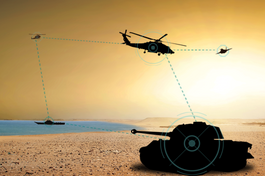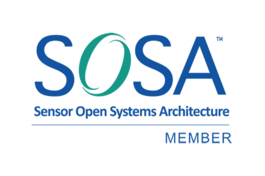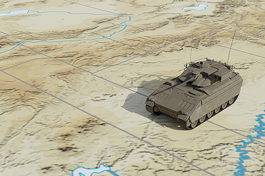
Engineered for Seamless Integration
GVA is a standard created by the U.K. Ministry of Defence which mandates that open, modular, and scalable architectures are used to design new or upgrade existing land vehicles. It does not suggest specific solutions, but defines a generic architecture that’s platform and vendor agnostic and can be tailored to design requirements.
Simplifying System Upgrades and Modifications, While Reducing Complexity
Modern efforts like the U.S. Army's VICTORY (Vehicle Integration for C4ISR/EW Interoperability) initiative and the United Kingdom's Ministry of Defence (MOD) Generic Vehicle Architecture (GVA) are paving the way for a modern battlefield where system upgrades and modifications are quicker and less expensive.
Open, Modular, and Scalable Architectures for Land Vehicles
The GVA approach aims to realize operational, technical, and cost benefits by promoting open standards for software and hardware interfaces to enable simple and rapid replacements or upgrades of equipment as needed. GVA ready solutions help combat obsolescence and allow an upgrade path that accelerates and simplifies the addition of new capabilities to vehicles in the future.
Trusted, Proven GVA Solutions
Curtiss-Wright's GVA-ready solutions are engineered to optimize SWaP, flexibility, and modularity in ground vehicle systems while ensuring scalability and interoperability with legacy systems. Beyond delivering these benefits to ground vehicle designers and the armies they provide to, these open standards-based solutions improve today's warfighters' in-vehicle experience. By reducing system complexity and clutter while enhancing situational awareness, Curtiss-Wright solutions offer the performance and reliability ground vehicle operators can trust to protect them as they protect our nations.
Read More About GVA in our MOSA White Paper
Introducing your essential guide to all things MOSA. Read the white paper to explore
- The MOSA directive and its significance for defense technology
- Reasons to adopt a MOSA-based architecture
- MOSA-supporting standards found in today's program requirements, including SOSA, CMOSS, VICTORY, GVA, FACE, and OMS/UCI.
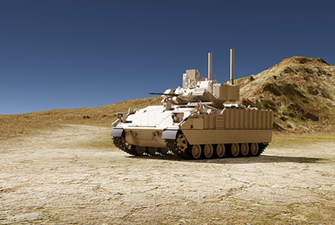
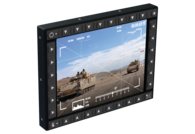 Learn More
Learn More
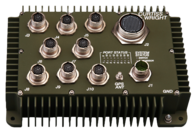 Learn More
Learn More
 Learn More
Learn More

